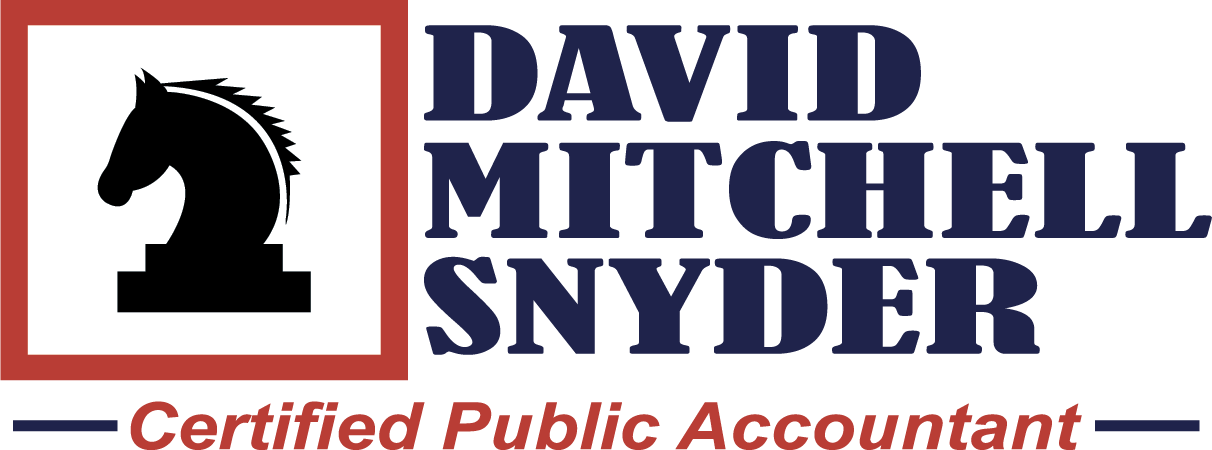ROTH IRA’S

The Pros and Cons
Roth IRAs do not give the taxpayer a tax deduction for the year contributions is made. So why would you want to invest your retirement savings in a Roth? One reason is that all distributions taken out after 5 years of setting up a Roth and after the taxpayer reaches age 59 ½ are completely tax free. (Distributions before meeting these requirements get your Roth earnings taxed and penalized.) So, all the income generated while the assets are in the Roth NEVER get taxed! Another important benefit is that Roth IRAs are not subjected to the dreaded Required Minimum Distributions.
How do you beat that? As the saying goes, if you can’t beat them, join them. So, what would make a good investment in a Roth IRA? The answer is assets that have good appreciation potential. One historically appreciating asset is real estate. But can your Roth IRA own real estate? Yes, it can.
The most common method of getting real estate into a Roth IRA is to rollover a large sum of cash from some other retirement plan into a self-directed IRA. It can be difficult for an IRA to borrow (mortgage) so most real estate is owned outright in IRAs. Thus, the need for a large cash balance to get started. However, there is nothing legally preventing an IRA from borrowing. The IRA owner cannot guarantee the loan or mortgage. The debt must also be non-recourse. There are non-traditional lenders that will provide mortgages to IRAs.
Once real estate is purchased in your IRA you can sell or rent out the real estate. You cannot use it personally and you can’t allow family or friends to use the property. A self-directed IRA gives you more control over your investments. There is no depreciation recapture, capital gains tax or ordinary income tax on the sale of the real estate in your Roth IRA. In addition, your distributions are tax free (see above) and not subject to the RMD rules.
The value of real estate is based on location, location, location. So, locate your next investment property in your Roth IRA.
